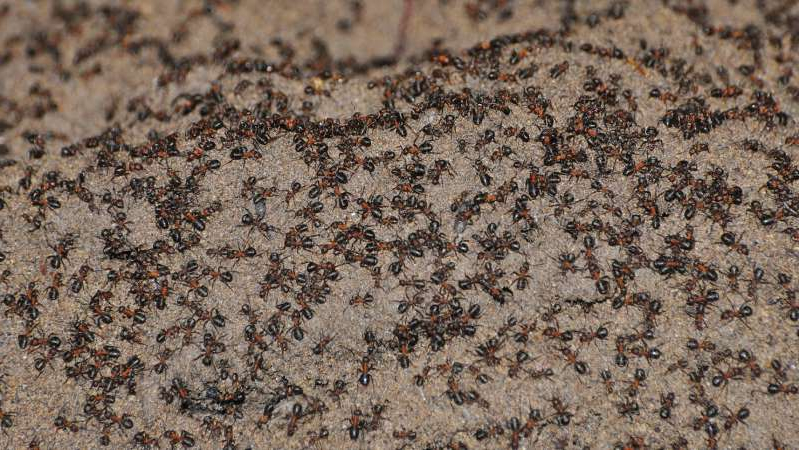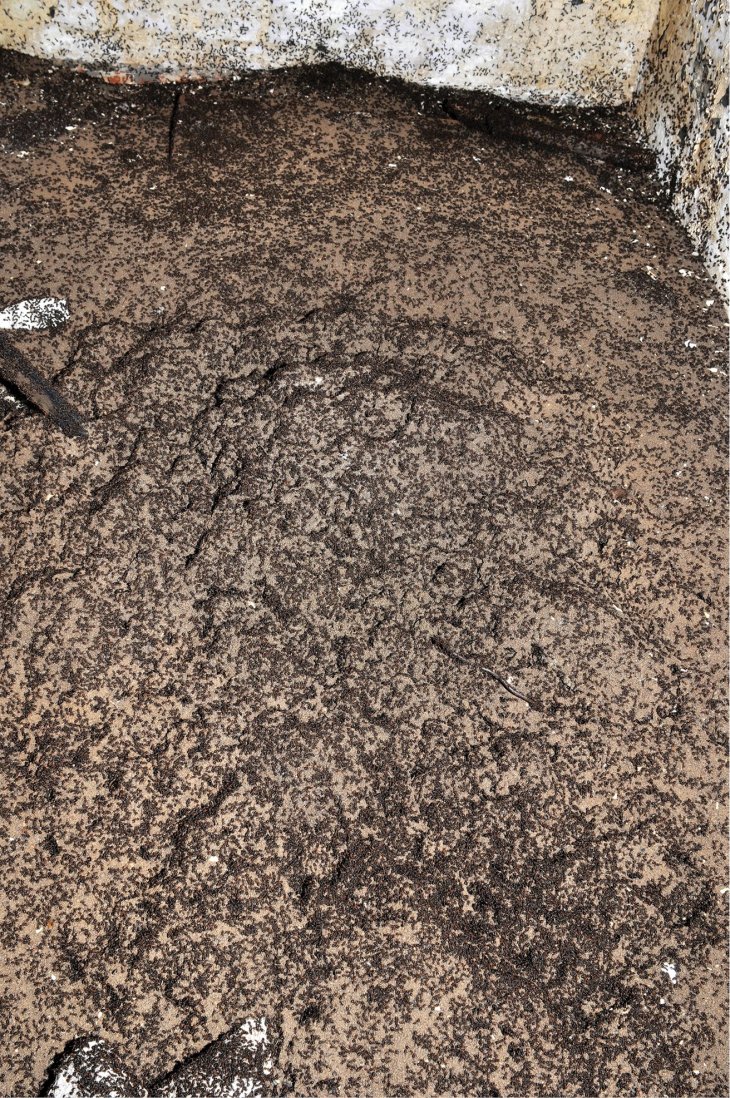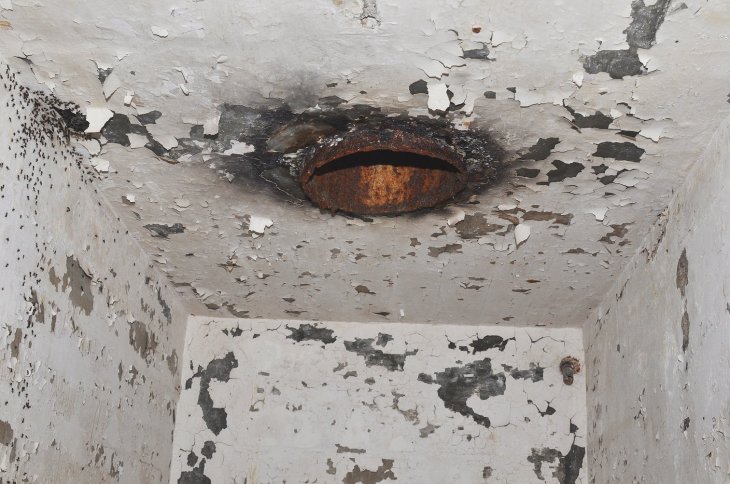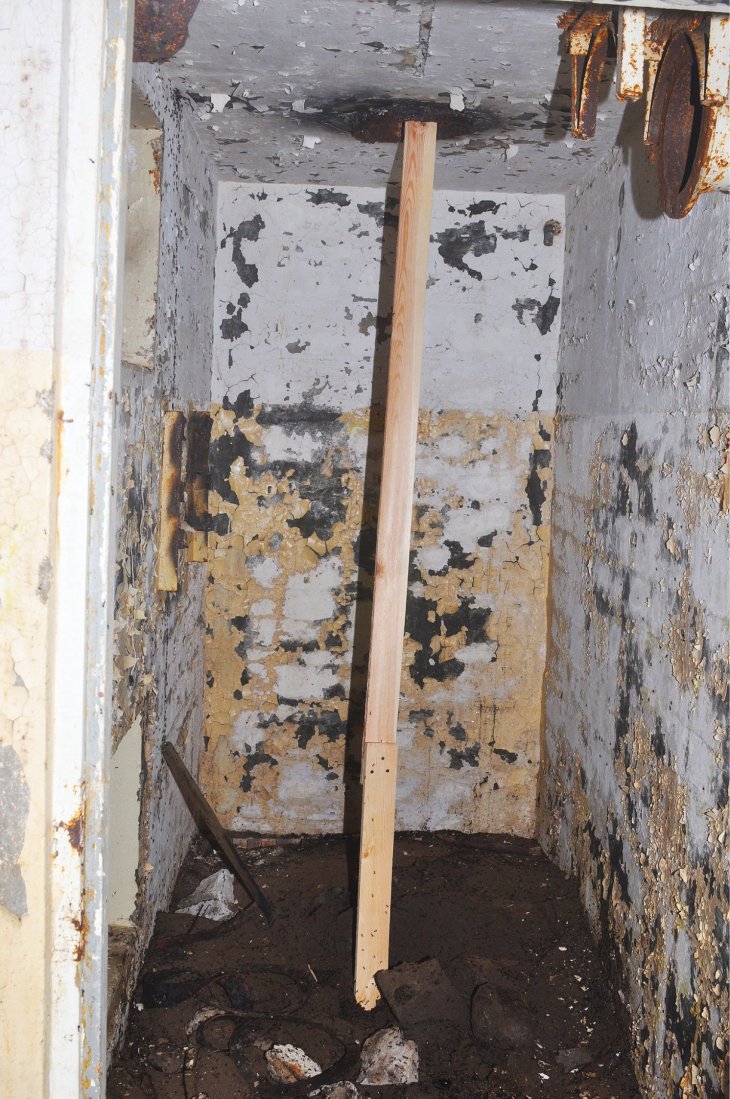Millions Of Ants Trapped Inside A Soviet Nuclear Bunker Still Survived
Harin - Nov 12, 2019

In the early 2010s, some volunteers started visiting these bunkers to monitor the bat population in winter and what they found were millions of wood ants.
- Japan Hydrogen Breakthrough: Scientists Crack the Clean Energy Code with Mind-Blowing 1,000% Efficiency Jump
- 'Five-second rule' For Food Dropped On The Floor: Is It True?
- Scientists Want To Send 6.7 Million Samples, Including Sperm, To The Moon
For a long time, ants are known for their survival skills. Even when they are trapped inside an underground bunker with no light, no food, and no escape, they can still find a way to survive. This true story was discovered by researchers in a forest in Western Poland where there used to be a nuclear base from the Soviet era.
Despite being abandoned for a long time ago, the two bunkers that once stored nuclear weapons still remain intact. Their discreetness has reluctantly turned them into an ideal home for hibernating bats.
In the early 2010s, some volunteers started visiting these bunkers to monitor the population of the bats in winter. What they found weren’t bats but wood ants (scientifically known as Formica Polyctena). These ants were stuck on the floor of the bunkers. They survived without a queen.

At the time when these ants were first discovered, there were a million of live workers as well as three million dead ones. The ants couldn’t reproduce without a queen.
Researchers said that when the metal began to rust, several ants fell into the concrete basement below. The ventilation pipe on the ceiling worked like a road connecting the ground and the ceiling, once dropped, the ants couldn’t climb up anymore because they will be pulled down by the gravity. Therefore, these ants were trapped here permanently.

In a research report, they wrote:

Even when these ants had been living without the normal structure of a regular ant colony, they still kept on working over the year as they still kept the entrance to the mount open.
For years, entomologists have been interested in investigationg ant living conditions’ limits. Therefore, discovering an ant colony inside a nuclear bunker is their golden opportunity.
For several years, researchers sometimes returned to visit the bunker to watch these trapped ants. They discovered that population of the ants continued to grow despite there was no nourishmen, no heat, or light.
So, what explained these ants’ survival? After years of researching, the researchers finally have the answers: the ants survived by consuming their own nest mates.
The researchers already suspected cannibalism in the beginning. After all, that was the only choice for these ants in this tight spot. Moreover, wood ants are known to for their consumption of their dead ones during the territorial “ant wars.”
The researchers decided to confirm their suspicion by examining the bodies of dead ants. During a trip to the ant cemetery, the researcher took 150 samples of dead workers scattered in the bunker. Under the magnifying glass, they studied the dead ants and confirmed that 90% of the bodies had been bitten or chewed.
This was a clear sign suggesting that these dead wood ants had been consumed by their fellow-creatures. In fact, the researchers couldn’t find any other creatures in the bunker that could make these bites.
It seems like these wood ants can still survive on their owns. But in 2016, a wooden boardwalk was installed in the bunker which connected the ventilation pipe and the ground. In four months, all the trapped ants had left the bunker floor.

Featured Stories

Features - Jul 01, 2025
What Are The Fastest Passenger Vehicles Ever Created?

Features - Jun 25, 2025
Japan Hydrogen Breakthrough: Scientists Crack the Clean Energy Code with...

ICT News - Jun 25, 2025
AI Intimidation Tactics: CEOs Turn Flawed Technology Into Employee Fear Machine

Review - Jun 25, 2025
Windows 11 Problems: Is Microsoft's "Best" OS Actually Getting Worse?

Features - Jun 22, 2025
Telegram Founder Pavel Durov Plans to Split $14 Billion Fortune Among 106 Children

ICT News - Jun 22, 2025
Neuralink Telepathy Chip Enables Quadriplegic Rob Greiner to Control Games with...

Features - Jun 21, 2025
This Over $100 Bottle Has Nothing But Fresh Air Inside

Features - Jun 18, 2025
Best Mobile VPN Apps for Gaming 2025: Complete Guide

Features - Jun 18, 2025
A Math Formula Tells Us How Long Everything Will Live

Features - Jun 16, 2025
Comments
Sort by Newest | Popular